

WHAT IS DIABETES?
Diabetes is a problem with your body that causes blood glucose (sugar) levels to rise higher than
normal. This is also called hyperglycemia.
When you eat your body breaks food down into glucose and sends it into the blood. Insulin then
helps move the glucose from the blood into your cells. When glucose enters your cells, it is either
used as fuel for energy right away or stored for later use. In a person with diabetes, there is a
problem with insulin. But, not everyone with diabetes has the same problem.
There are different types of diabetes – type 1, type 2, and a condition called gestational diabetes,
which happens during pregnancy. If you have diabetes, your body either doesn’t make enough
insulin, it can’t use the insulin it does make very well, or both.
WHAT IS TYPE 1 DIABETES?
In type 1 diabetes, your immune system mistakenly destroys the cells in your pancreas that make
insulin. Your body treats these cells as invaders and destroys them. This can happen over a few
weeks, months, or years.
When enough beta cells are destroyed, your pancreas makes little or no insulin. Because the
pancreas does not make insulin, the insulin needs to be replaced. People with type 1 diabetes take
insulin by injection with a syringe, an insulin pen, or an insulin pump. Insulin does not come in a pill.
Without insulin, your blood glucose rises and is higher than normal, which is called hyperglycemia.
Type 1 diabetes affects about 5% of people in the United States with diabetes. In the past type 1
diabetes was called juvenile diabetes or insulin-dependent diabetes. It’s usually first diagnosed
in young people but it can occur at any age. Type 1 diabetes is much less common than type 2
diabetes.
HOW IS TYPE 1 DIFFERENT FROM TYPE 2?
In type 2 diabetes, your body does not use insulin properly. This is called insulin resistance. At first,
the beta-cells make extra insulin to make up for it. But, over time your pancreas isn’t able to keep
up and can’t make enough insulin to keep your blood glucose levels normal. Type 2 diabetes can be
treated with oral medications, and/or insulin. Type 1 diabetes is always treated with insulin.
WHAT CAUSES TYPE 1 DIABETES?
Scientists aren’t sure what causes type 1 diabetes. It is not contagious and it is not caused by
eating sugar. Research is under way to find the exact causes of type 1 diabetes and how it might be
prevented.
WHAT TREATMENTS ARE USED FOR TYPE 1 DIABETES?
The two goals of diabetes treatment are to make sure you feel well day-to-day and to prevent or
delay long-term health problems. The best way to reach those goals is by:
• taking insulin
• planning your meals—choosing what, how much, and when to eat
• being physically active
HOW WILL I KNOW IF MY DIABETES TREATMENT IS WORKING?
Getting an A1C test at least twice a year helps you and your health care team keep track of how well
you are controlling your blood glucose levels. A1C is part of your diabetes ABCs, which will tell you if
your overall diabetes treatment is working. The ABCs of diabetes are:
A is for A1C or estimated average glucose (eAG)
Your A1C test tells you your average blood glucose for the past 2 to 3 months. It’s the blood check
“with a memory.” Your health care provider may call this your estimated average glucose or eAG.
The eAG gives your A1C results in the same units (mg/dl) as the glucose meter you use at home.
B is for blood pressure
Your blood pressure numbers tell you the force of blood inside your blood vessels. When your blood
pressure is high, your heart has to work harder.
C is for cholesterol
Your cholesterol numbers tell you about the amount of fat in your blood. Some kinds of cholesterol
can raise your risk for heart attack and stroke.
HOW DOES DIABETES AFFECT YOU DAILY?
Diabetes can affect how you feel each day. If your blood glucose level is too high or too low
(hypoglycemia), you may not feel well. Keeping your blood glucose in a target range will help you
feel your best.
People with type 1 diabetes must take insulin several times a day to keep their blood glucose under
control. You also need to check blood glucose regularly and use the information to adjust the
amount of insulin you are taking. Talk with your health care team about how and when to check your
blood glucose.
While most of the day-to-day care of diabetes is up to you, your health care team is there to help
you.
Prediabetes is a condition that
comes before diabetes. It means
your blood glucose levels are
higher than normal but aren’t high
enough to be called diabetes.
There are no clear symptoms of
prediabetes. You can have it and
not know it.
Read More
If you have diabetes, you’re at risk for kidney disease, also called diabetic nephropathy. In fact,
diabetes is the leading cause of kidney failure. But there are things you can do to prevent, delay, or
treat kidney disease, including keeping blood glucose (sugar) and blood pressure on target.
Read More
Hypoglycemia, also known as low blood glucose (sugar), is when your blood glucose levels have
fallen too low. This is usually less than 70 mg/dl. However, talk to your doctor about your own blood
glucose targets, and what level is too low for you.
Read More
• Look for cuts, bruises, or swelling.
• See your healthcare provider right away if there are any changes or if you hurt your feet.
Read More
Your doctor will test for protein in your urine if you have diabetes. If your test shows protein in the
urine, your doctor will repeat the test to confirm the results.
Read More
Checking your blood glucose (blood sugar) is important. You can use the results to make decisions
about food, physical activity, and medication. These decisions can help you feel better day to day
and delay or prevent diabetes complications such as heart attack, stroke, or blindness.
Read More
The best way to see if you have eye problems is to have an eye doctor check your eyes. You can have eye damage even if your vision is fine. It has nothing to do with needing glasses. Regular checkups with an eye doctor can detect eye disease early and prevent blindness. Read More
Gestational diabetes is a type of diabetes that occurs during pregnancy. After the birth of the baby,
the mother usually will not continue to have diabetes.
Read More
Research suggests that people with diabetes are at
higher risk for oral health problems.
Read More
Diabetes can affect every part of the body, including
the skin. As many as 1/3 of people with diabetes will
have a skin disorder caused or affected by diabetes
at some time in their lives. Most skin conditions can
be prevented or easily treated if caught early. Talk to
your doctor if you have questions or concerns about
skin changes or infection.
Read More
India is the 2nd Diabetes capital of the world only next to China. India currently represents
49% of the world's diabetes burden with an estimated 7.2 crore cases in 2017 which is
expected to increase to 13.4 crores by 2015. More than Diabetes, are the Prediabetes cases
estimated to be roughly about 10% of the population. This is a huge burden on the health
economics of the country.
Read More
Peripheral (puh-RIF-uh-rul) arterial (ar-TEER-ree-ul)
disease, also called PAD, happens when blood vesselsin
your legs are narrowed or blocked by fatty deposits.
Blood flow to your feet and legs decreases, causing pain
and circulation problems.
Read More
Interest about adult immunization and vaccinations --- a
growing elderly population, aging and a significant
increase in life expectancy.
Read More